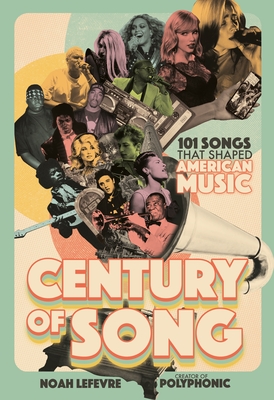
Since its publication - Delirious New York (1978) has attained mythic status. Rem Koolhaas's celebration and analysis of New York depicts the city as a metaphor for the variety of human behavior
At the end of the nineteenth century, population, information, and technology explosions made Manhattan a laboratory for the invention and testing of a metropolitan lifestyle - "the culture of congestion" - and its architecture. "Manhattan," he writes, "is the 20th century's Rosetta Stone . . . occupied by architectural mutations (Central Park, the Skyscraper), utopian fragments (Rockefeller Center, the U.N. Building), and irrational phenomena (Radio City Music Hall)." Koolhaas interprets and reinterprets the dynamic relationship between architecture and culture in a number of telling episodes of New York's history, including the imposition of the Manhattan grid, the creation of Coney Island, and the development of the skyscraper.
Delirious New York is also packed with intriguing and fun facts and illustrated with witty watercolors and quirky archival drawings, photographs, postcards, and maps. The spirit of this visionary investigation of Manhattan equals the energy of the city itself.
member goods
listens & views

GREAT VOICES OF FRENCH COMMUNISM ...
by GREAT VOICES OF FRENCH COMMUNISM / VARIOUS
COMPACT DISC$19.25






